Visiting the Musée d’Orsay honestly changed how I see art. These five masterpieces really stood out and made me look at things differently—each one carries a story or emotion that still lingers in my mind.
Whether you’re all about Impressionist paintings or just curious about the creative spirit of the 1800s, this museum overflows with moments that stick with you.
Walking through those bright, airy halls inside the old train station, I found myself surrounded by art from Monet, Van Gogh, and so many others. Up close, their paintings felt raw, personal, and honestly powerful.
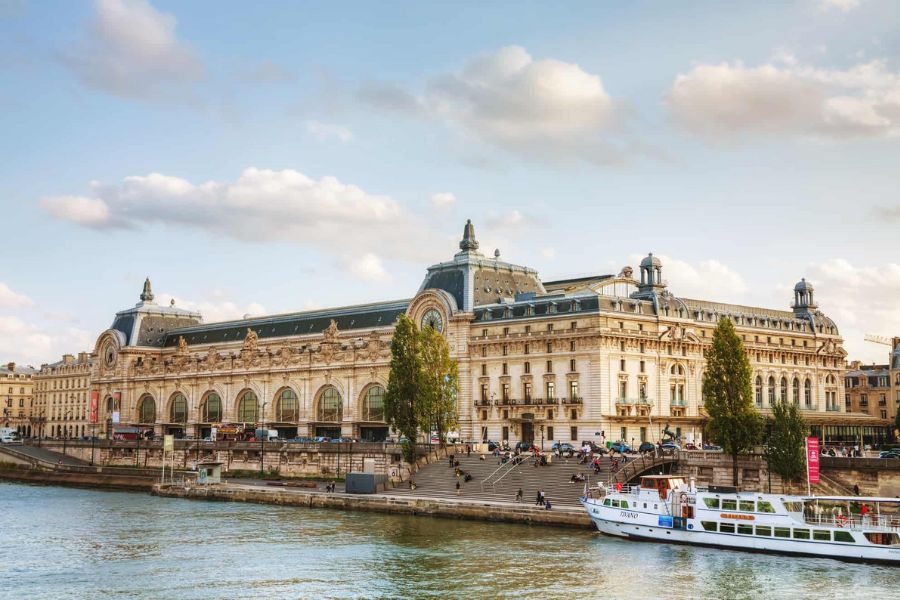
Out of everything I saw, these five artworks left the deepest marks on me. If you’re planning a visit, I’d say don’t miss them. Let me explain why these pieces are worth hunting down—and maybe, just maybe, they’ll shift your view of art too.
Discovering Musée d’Orsay: Setting the Scene
Paris always feels like a city bursting with stories—every street corner seems to hum with art and history. When I first walked up to the Musée d’Orsay, I felt like I was stepping into a living bridge between old and new culture, right in the heart of Europe.
An Artistic Journey Through Paris
As I wandered Paris, it became clear why Monet, Van Gogh, and Degas fell in love with this place. The architecture, the lively cafés, even the way sunlight falls on the city—it all just sparks creativity.
The Musée d’Orsay isn’t just about its collection; the building itself, with its giant clocks and wide-open spaces, stands out. Walking inside, I felt surrounded by the evolution of French and European art.
From romantic sculptures to bold Impressionist canvases, every turn offered something new. The atmosphere felt inviting, almost as if the museum wanted me to slow down and really look.
Before my visit, I’d seen the usual postcards and Instagram shots, but nothing compared to standing in front of these masterpieces. The experience felt personal and immersive—definitely a highlight of my Paris trip.
A Unique Bridge from the Louvre to Modern Art
One thing that really hit me: the Musée d’Orsay connects the classic world of the Louvre to the beginnings of modern art. The Louvre covers everything up to the early 1800s, but the Orsay takes over from there.
It holds the world’s biggest collection of Impressionist paintings, plus loads of Post-Impressionist and Symbolist works. The building’s layout makes the transition obvious—room by room, I watched European art shift in style and feeling as the 19th century unfolded.
I saw legendary works by Renoir and Cézanne lining the walls, each one marking a big step away from tradition. For anyone who’s into art history, this museum isn’t just another stop on a sightseeing tour.
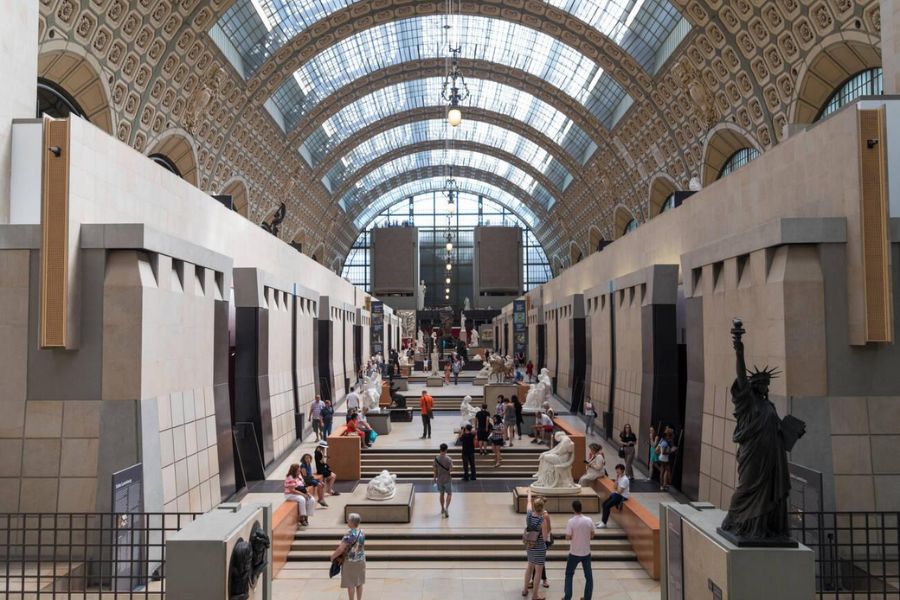
It’s a walk through an era that totally changed how we see the world. The Musée d’Orsay gave me a fresh way to appreciate both the past and the future of art.
Masterpiece #1: Monet’s Water Lilies and the Dawn of Impressionism
Standing in front of Monet’s Water Lilies at the Musée d’Orsay, I suddenly understood light, color, and movement in a new way. Claude Monet, a true pioneer among the Impressionists, didn’t just paint his garden—he kicked off an artistic revolution that still shapes how I look at paintings.
Impressionist Exhibition: A Parisian Revolution
Paris in the late 1800s buzzed with new ideas. Monet and his fellow artists—later called the Impressionists—ditched the old, stuffy Salon shows.
They organized their own exhibition in 1874, right in photographer Nadar’s studio. That first Impressionist exhibition flipped the art world upside down. Critics hated it at first, and “Impressionist” actually started out as an insult.
Now, walking through the Musée d’Orsay, I realize just how much these artists changed the rules. They painted everyday scenes with quick, loose brushwork and captured fleeting moments. Sometimes, standing in front of Monet’s work, I felt like I could step onto that Japanese bridge or drift beside the water garden he loved.
Techniques in Oil Paint and Visual Devices
Monet used oil paint in a way that made his Water Lilies shimmer. He didn’t smooth everything out—instead, he left thick, visible strokes that made the surface feel alive.
I noticed layers of pinks, blues, and greens stacked right on top of each other. Monet often painted at different times of day to catch shifting sunlight. The colors seemed to dance across the pond.
His brushwork and reflections made the water’s surface look endless. Simple visual tricks—like cropping the pond’s edges or focusing on just the lilies and their reflections—gave these works a modern, free feeling.
More than once, I got lost in the details, almost forgetting I was still in Paris and not in Monet’s garden.
Masterpiece #2: Van Gogh’s Starry Night Over the Rhône — Color and Emotion
When I stood in front of Starry Night Over the Rhône, I felt wrapped in deep blues and glowing yellows. Van Gogh didn’t just paint a night scene—he put light and feeling right on the canvas.
That use of color, those bold brushstrokes, and all that emotion just stick with you. It makes me wonder: how do we even begin to explain what makes a painting this powerful?
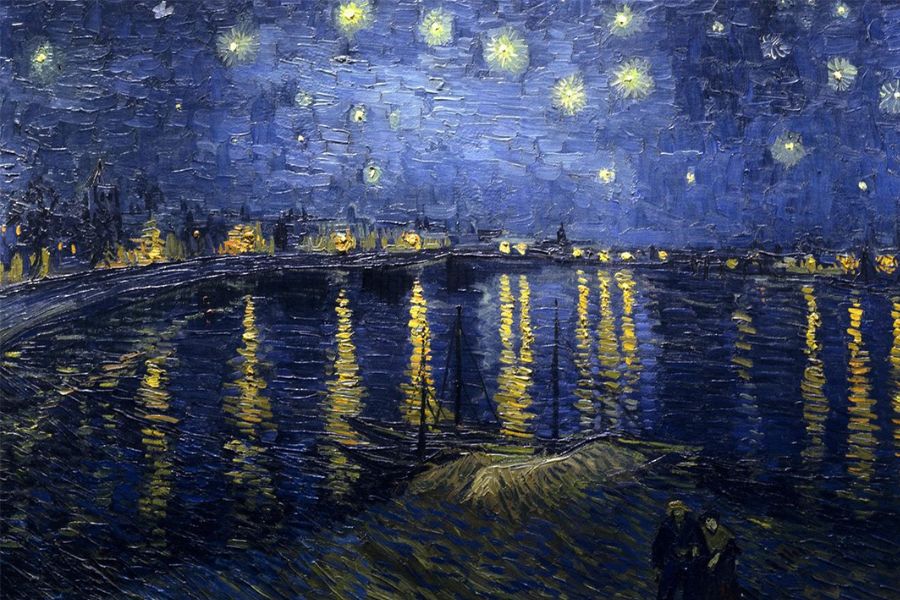
Exploring Art Criticism and Personal Interpretation
From the first moment, the mood of this painting hit me. It’s calmer than his other famous night scene, The Starry Night, but it’s got its own peaceful beauty. The reflections on the Rhône, the quiet couple—these little details pulled me in.
Back in Van Gogh’s time, critics focused on how artists used color and brushstrokes to create feeling. In Starry Night Over the Rhône, the deep blue, shining stars, and gaslights all seem perfectly placed to spark emotion, not just record a view.
Van Gogh broke the old rules—he poured his feelings and personal vision into his work. Looking at the painting, I almost missed the couple on the riverbank. They’re tiny, but somehow they matter, showing how Van Gogh could blend ordinary life with cosmic wonder.
For me, that’s the real magic: simple human moments sharing the canvas with the huge, star-filled sky.
Scientific Methods in Analyzing Genius
Modern science adds another layer to the whole experience. Researchers now use X-ray fluorescence and infrared reflectography to peek beneath the paint and see Van Gogh’s choices.
They’ve found changes he made—like moving stars or tweaking water colors—that you’d never notice without special tools. Experts study his brushstrokes under microscopes, tracking how thickly he painted and how pigments have changed over time.
Color analysis shows which paints Van Gogh used, and sometimes reveals that certain shades have faded since the 1800s. All this science just confirms what I felt in front of the painting: every inch was shaped by careful, creative decisions.
Learning about these techniques made me pay more attention to the textures and colors during my visit. Seeing classic art and modern science together at the Musée d’Orsay adds a whole new dimension.
Masterpiece #3: Degas’ Ballet Rehearsal — Movement and Modern Life
When I stood in front of Degas’ ballet rehearsal paintings at the Musée d’Orsay, I felt swept into a world buzzing with energy. These works show how art can freeze the rhythms of Paris and the dancers who made its artistic scene so vibrant.
Art Theory and Documentary Evidence
Degas’ The Rehearsal of the Ballet Onstage isn’t just a pretty ballet scene—it’s a real look at modern life. He painted from above, putting me right over the orchestra pit.
That angle lets us see more than just the performance; we get the mix of movement, waiting, and hard work behind it all. Using pastel and mixed media, Degas layered quick strokes and dabs of color to show fluttering tutus and tense muscles.
The lines almost jump off the canvas, like a series of snapshots. Degas ditched the old way of painting dancers in perfect poses. Instead, he captured what really happened in the rehearsal room.
People often say Degas was as much an observer as an artist. He watched how light bounced off the floor, or how dancers’ poses blurred together. That close attention changed how other artists thought about showing real, everyday life.

For me, seeing these paintings up close shows the messy line between art and life, where modern art really began.
Patronage and the Parisian Arts
Degas’ Paris was all about art and performance, with ballet at the center. In the late 1800s, ballet wasn’t just entertainment—it was a big social event, backed by wealthy patrons who wanted to see and be seen.
Lots of dancers came from humble backgrounds but found themselves caught up in the city’s elite world. Patronage shaped the careers of dancers and pushed modern art forward.
Degas grew up comfortably, but he moved between artists and patrons, connecting different sides of Paris. Looking around the Musée d’Orsay, I imagined how early collectors might have seen these paintings—as proof of a city on the move.
These works act as real snapshots of daily artistic life in Paris. They capture a city in transition, where tradition met modern energy. For me, Degas’ focus on both the glamour and the grind made me feel what it meant to be part of the Parisian arts scene. It’s a personal favorite because it ties art to real people and real moments.
Other Must-See Highlights: Personal Favorite Surprises
Some art at the Musée d’Orsay totally surprised me, connecting old techniques with bold, modern ideas. These pieces challenged what I thought I knew, and even changed how I noticed art in the rest of Paris.
Matisse, Contemporary Artists, and New Perspectives
When I walked into the rooms with early 20th-century works, I didn’t expect to find such bursts of color and wild shapes from artists like Henri Matisse. Matisse is usually linked to Fauvism in other museums, but here, the Orsay shows his transition—hints of the bold lines and bright colors he’d later use.
Contemporary mixed-media pieces sometimes sit right next to older masterpieces. That mix gave me a new sense of how art grows—sometimes quietly, sometimes with a bang.
I remember stopping by a modern sculpture and realizing how the museum balances old and new, pushing visitors to see familiar styles in a different way. If you love spotting connections between tradition and innovation, these galleries are a must.
Look for rooms where early Matisse, new experiments, and classic Impressionist works almost seem to talk to each other across time.
Connections to Renaissance Masters
While the Musée d’Orsay focuses on art from 1848 to 1914, it doesn’t have paintings by Renaissance giants like Leonardo or Raphael. Still, their influence pops up everywhere.
I noticed how some artists reimagined Rembrandt’s dramatic lighting or borrowed the calm, poised figures from Vermeer. Seeing these echoes really struck me.
Some portrait painters at Orsay use light in ways that reminded me of Vermeer’s window-lit scenes, while others capture character like Rembrandt. Even the Impressionists’ bold colors and landscapes sometimes nod back to older methods.
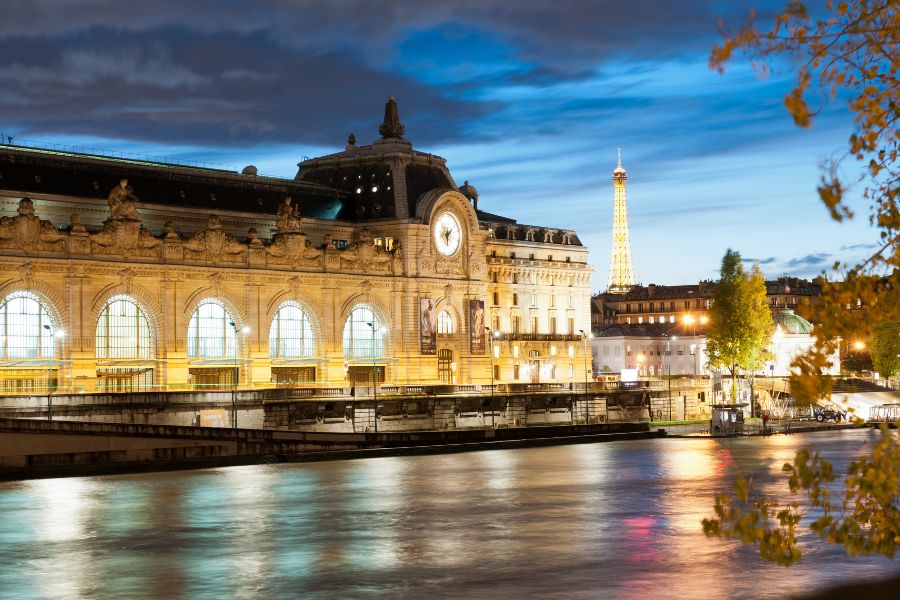
If you pause and look closely, you can almost trace a line back to the Renaissance through brushwork and composition. I found myself playing a private game of “spot the old master’s touch,” and each discovery felt like finding a hidden treasure.
Where Art and Life Meet: Museums, Memory, and Practical Tips
It’s way too easy to lose track of time inside the Musée d’Orsay. The real Paris waits just outside, though.
Museums here connect to everyday life in ways I didn’t expect—sometimes it’s as simple as grabbing dinner or finding a laundromat with a view.
The Hospital, Notre Dame, and Paris Beyond the Canvas
I wandered through the Musée d’Orsay and started to notice all the layers of history around the Seine. As I walked toward Notre Dame, I passed by the Hôtel-Dieu hospital.
That building? It’s actually the oldest hospital in Paris. Seeing it right next to so much iconic art made me wonder—how much have daily life and health always shaped the city?
Sometimes, while I looked at paintings of Paris in the museum, I’d catch a glimpse of landmarks I recognized. From the Orsay’s river views, Notre Dame’s towers stand close by, pulling my attention both in the art and in real life.
It’s funny—sometimes the boundaries between what’s inside the frame and what’s outside just blur together. The whole city starts to feel like one enormous gallery.
When I stepped outside, Paris kept humming along quietly. Street vendors set up shop just down the river.
Hospitals like Hôtel-Dieu remind me: Paris isn’t just a postcard. People actually live here, heading home or catching a bus after work.
Dining, Laundry, and Living Like a Local
After a day surrounded by art, I’m usually starving. Honestly, one of my favorite parts of travel is just wandering around, trying to sniff out a dinner spot near the museum.
The side streets near Orsay have these cozy little bistros where waiters actually say hello to regulars. When I sit down with a simple steak-frites, I can’t help but feel like I’m slipping into the rhythm of the neighborhood.
Travel throws you into the small stuff too—like, yeah, laundry isn’t exactly glamorous, but it’s real life here. Last time, I stumbled across this tiny laundromat with a big window facing a quiet street near Boulevard Saint-Germain.
Folding my shirt and glancing out at neighbors strolling by, I got a tiny glimpse of what daily Paris looks like.
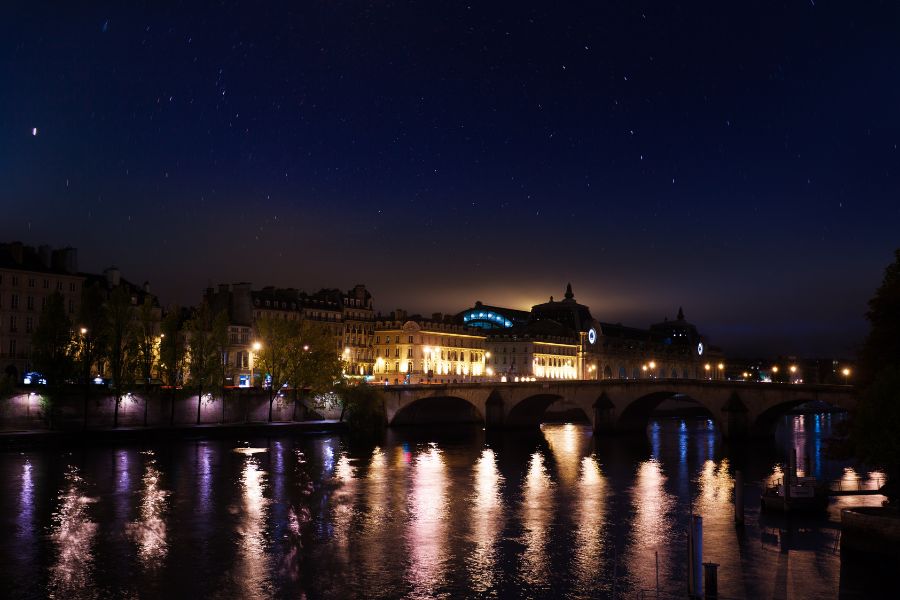
If you want to live like a local in Paris, a few practical tips:
- Laundry: Most self-serve laundromats stay open late, and a lot of them have free Wi-Fi.
- Dinner timing: Locals usually eat later, more like 8 pm.
- Getting around: You can easily walk from the Musée d’Orsay to all sorts of places—hospitals, parks, even Notre Dame.
Mixing the daily stuff with art? I’d say those moments stick with me just as much as the masterpieces do.

